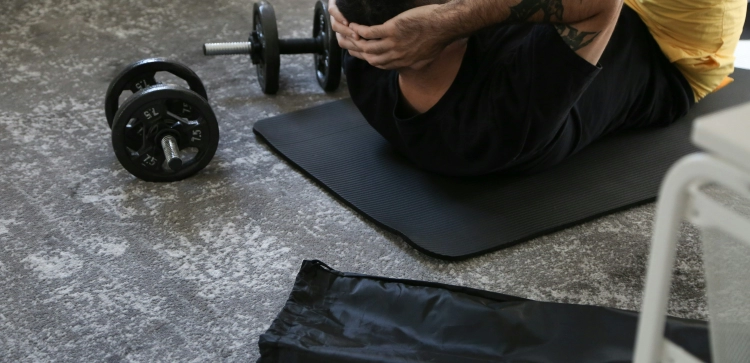The Difference Between Trad Climbing And Sport Climbing

Climbing is a diverse sport with various disciplines and styles, each offering its own unique challenges and appeals. Two of the most distinct and widely practiced forms of climbing are traditional (trad) climbing and sport climbing. While both involve scaling rock faces, they differ significantly in terms of technique, equipment, and overall experience. In this guide, we'll explore the fundamental differences between trad climbing and sport climbing to help climbers understand the unique characteristics of each discipline.
Trad Climbing
Trad climbing, short for traditional climbing, is often described as a more "adventurous" form of climbing. Here's what sets it apart:
Protection
In trad climbing, climbers place their own protection as they ascend the route. This typically involves wedging specialized gear, such as nuts and cams, into cracks and crevices in the rock. This gear serves as anchor points and protection against falls.
Rack of Gear
Trad climbers carry a rack of various climbing gear, including nuts, cams, slings, carabiners, and quickdraws. The selection of gear depends on the specific route and conditions.
Route Variety
Trad climbing opens up a wide range of climbing opportunities, including cracks, chimneys, and faces. Climbers often seek out natural features and lines that may not have preplaced bolts.
Commitment
Trad climbing requires a higher level of commitment and self-sufficiency. Climbers must be proficient in gear placement, anchor building, and route-finding.
Sport Climbing
Sport climbing is known for its focus on physicality and precision. Here's what characterizes sport climbing:
Preplaced Bolts
In sport climbing, the route is equipped with preplaced bolts, which serve as protection points. Climbers clip quickdraws into these bolts as they ascend, providing a sense of security.
Minimal Gear
Sport climbers carry a minimal amount of gear, mainly quickdraws for attaching to bolts and a rope. This streamlined approach simplifies the climbing experience.
Technical Moves
Sport climbing often involves very technical movements. Climbers rely on well-defined holds and sequences to ascend routes.
Accessibility
Sport climbing routes are typically found in climbing gyms and outdoor crags with established routes. This accessibility makes it a popular choice for beginners.
Trad Climbing Challenges
Trad climbing presents unique challenges:
- Gear Placement: Placing gear correctly and efficiently is a skill that requires practice and judgment. Incorrect placements can compromise safety.
- Route-Finding: Finding the right line and protecting it effectively can be complex, especially on multi-pitch climbs.
- Weight and Bulk: Carrying a rack of gear adds weight and bulk, making long approaches and climbs physically demanding.
Sport Climbing Considerations
Sport climbing has its own set of considerations:
- Clip Management: Managing quickdraws and clipping into bolts efficiently is essential to maintain a smooth rhythm.
- Route-Reading: Deciphering the sequences and holds on a route can be mentally challenging, especially on overhanging terrain.
- Training Focus: Sport climbers often focus on physical training and conditioning to excel in the sport.
Conclusion
Trad climbing and sport climbing offer distinct experiences and challenges, catering to a wide range of climbers. Your choice between the two depends on your preferences, goals, and the type of adventure you seek on the rock.











